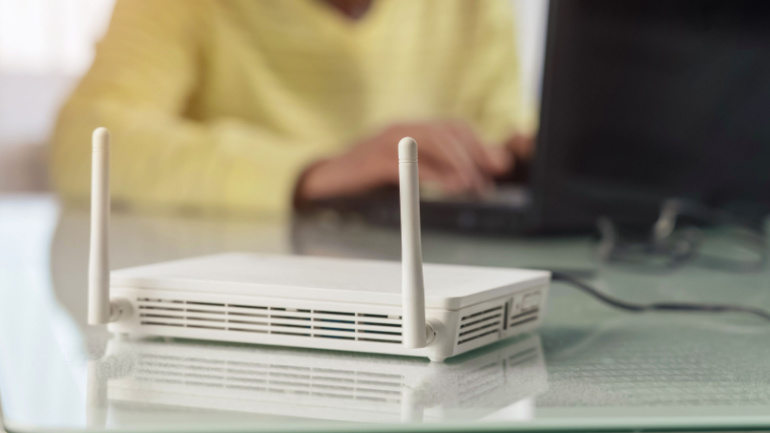In a significant stride towards eradicating mobile signal blackspots, rural Wales welcomed the activation of the first among 86 planned 4G mast upgrades. This development is part of the ambitious Shared Rural Network initiative, aimed at bolstering mobile coverage in the UK’s rural and remote locales.
SmartCIC, a global managed service provider has appointed Johnatan Santana as its Head of Carrier Wholesale and Reina Borjas as Senior Sales Manager. SmartCIC is making strategic investments in talent by building out its international wholesale connectivity team to support growing demand for end-to-end ‘through the line’ solutions and its approach to connectivity.
Arelion and Telxius are collaborating to provide fully diverse, multi-terabit connectivity into Telxius’ landing stations in Boca Raton and Jacksonville, Florida. This fiber network expansion establishes Arelion Points-of-Presence (PoPs) at each Telxius landing station. For Telxius, it empowers customers with resilient Tier-1 optical transport and high-speed access to Arelion’s North American network. Together, Arelion and Telxius are making a significant investment in the Florida Peninsula to connect Latin American customers to North America through submarine and terrestrial systems.
Scotland’s pureLiFi pioneers revealed latest advancements in delivering data via light at Mobile World Congress. Their new LiFi hotspot not only provides impressive broadband connectivity, but avoids congesting WiFi networks. The LINXC Bridge™ emerged as a trailblazing solution for indoor 5G connectivity, boasting 1Gbps speeds over 5G network.
In a groundbreaking move, Mavenir is joining forces with Terrestar Solutions, a satellite operator based in Canada, to pioneer a project that seamlessly blends satellite connectivity with Open RAN terrestrial networks. This collaboration, revealed just before the Mobile World Congress (MWC), aims to offer users across the globe uninterrupted connectivity by merging satellite and terrestrial network capabilities.
In a significant development for remote connectivity, Telstra, the Australian telecom giant, has initiated the transition of its remote mobile sites to the low Earth orbit (LEO) satellite network provided by Eutelsat OneWeb. This move marks a departure from the traditional geostationary (GEO) satellites, aimed at reducing latency issues and meeting the growing demand for real-time services among customers.
In a groundbreaking move, Viasat, Inc., alongside Terrestar Solutions, Ligado Networks, Omnispace, and Al Yah Satellite Communications Company (Yahsat), have come together to announce the formation of the Mobile Satellite Services Association (MSSA). This new consortium is set to enhance and promote the burgeoning Direct-to-Device (D2D) communication landscape, promising to deliver unprecedented scale and diversity in mobile satellite services.
Broadband for the Rural North (B4RN) is making waves in connectivity by enhancing its network backhaul speeds to a staggering 400Gbps. This progress, ten times that of its previous capacity, paves the way for improved bandwidth, latency reduction, and an entirely modernized scope of rural connectivity.
In response to the soaring global demand for fast, secure connectivity, China Mobile International Limited (CMI) is significantly investing in four new submarine cable systems. These systems promise to robustly service the substantial growth in mobile data usage in quickly digitising regions such as Africa. However, as aging cables become outdated, the race is on for fresh investment to keep pace with customer needs and the rapid development of next-gen technologies.
Telxius, a leading global connectivity provider, has been recognized at the 2024 Data Center Market (DCM) Awards for its Derio Data Center. It has won the award for Excellence in Connectivity, providing a state-of-the-art facility near Bilbao, in northern Spain, designed to harness the potential of the subsea cables connected to it.













